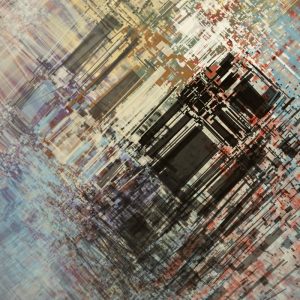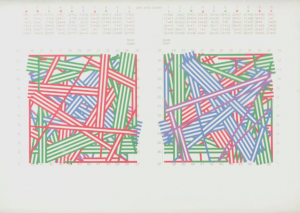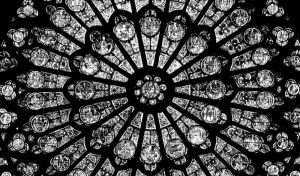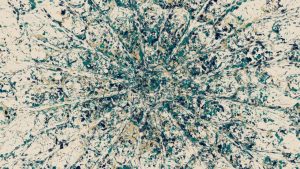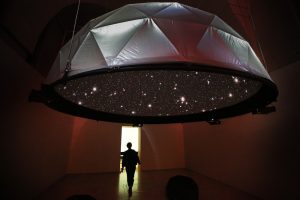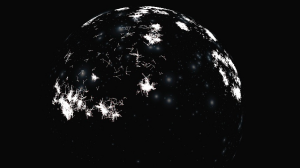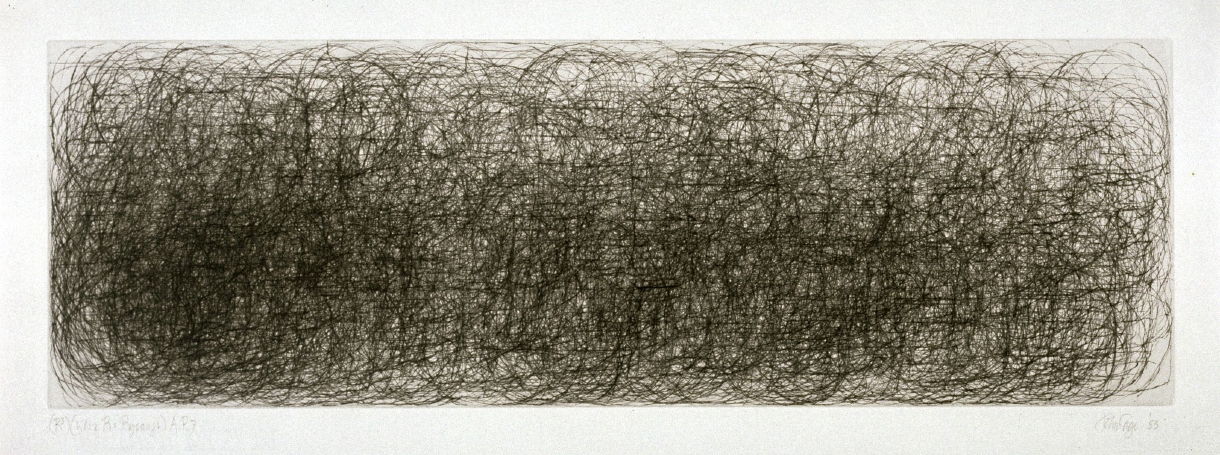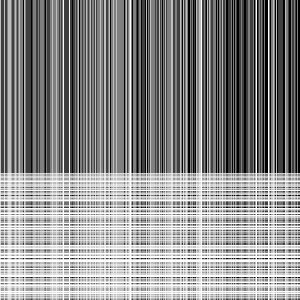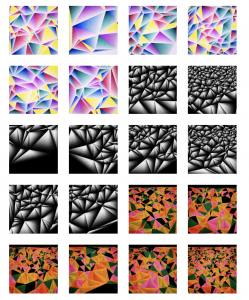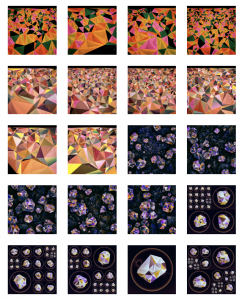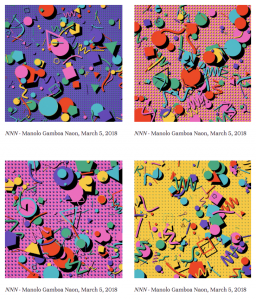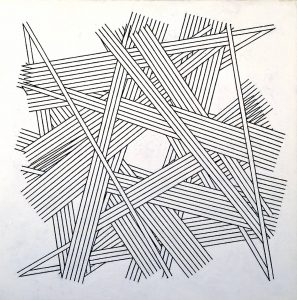
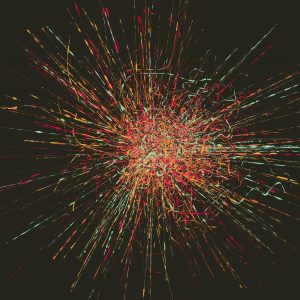
Matt Deslauriers, a creative developer created a generative art project (2016) that shows randomly drawn lines on a composition. In addition, clicking the canvas randomizes the composition into a new random set of lines and colors. I admire this piece because the different textured lines and splotches are visually pleasing without being too overwhelming. I also like the idea of entering a new experience with every click because of the randomized shapes and color combinations. Matt Deslauriers used Node.js to create the piece because it is reliable when working with large resolutions. Deslauriers also took inspiration from the strokes of impressionist paintings but accumulating the lines instead of constantly clearing the canvas. Simplex noise is used to make the particles move, as they are given random positions. In addition, the noise that controls the lines’ movement is randomized, which causes some lines to curl up and others to run straight. Deslauriers’ artistic sensibilities manifest in the piece through the impressionist influence and the randomized color palettes. Deslauriers based the color palettes off of popular and visually pleasing color combinations and ended up using 200 palettes in the final form.
![[OLD FALL 2018] 15-104 • Introduction to Computing for Creative Practice](../../../../wp-content/uploads/2020/08/stop-banner.png)
